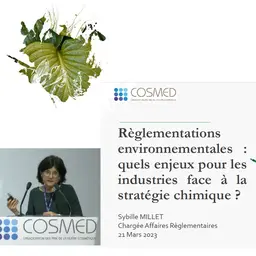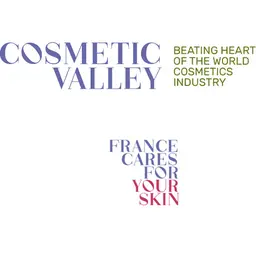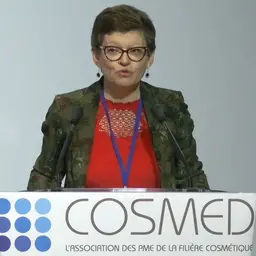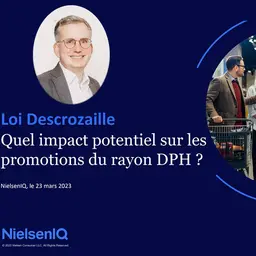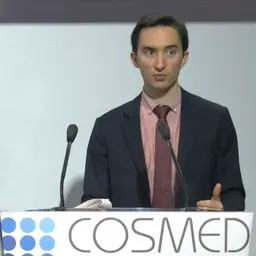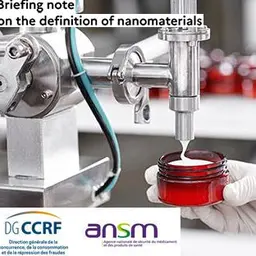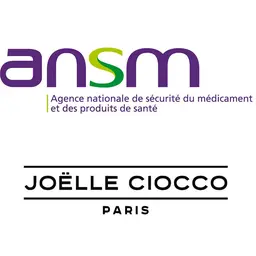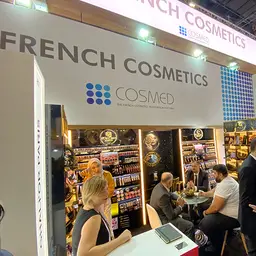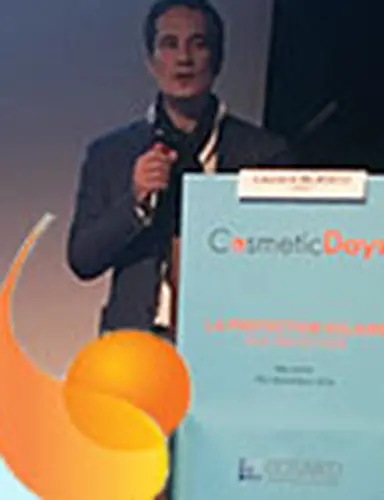
The performance of a sunscreen product and the level of its SPF do not only depend on the mixture of UV-filters in the formula. That is what Laurent Blasco, Global Skin Care Application Manager at Lubrizol, explained at the 3rd CosmeticDays organized by Cosmed, using examples and formulation indications.
“If you are specialized in the development of sunscreen formulas, you are likely to have been in this situation one day,” Laurent Blasco started. ”You selected your filter combinations by using SPF simulators or calling your own sunscreen guru to help you, you got to the formulation phase, and then you assessed your formula’s performance, in vitro or in vivo, and the results were not valid. Now, that is quite disappointing. So, today, I intend to show you how to improve your sun formula performances by playing with functional ingredients.”*
Sunscreen formulation challenges
A sunscreen formula is usually composed of 10 to 30% of UV-filters, and with them, the idea is to formulate a product that will have:
• The SPF wanted
• A level of UVA protection that must usually be higher than the third of the SPF
• A critical wavelength higher than 370 nanometres
• A water resistance factor from 50% to 90%, depending on the company’s requirements
• Photostability between 70% and 90% to guarantee good protection throughout the exposure
• And of course, a pleasant texture, sole guarantee the final user will reapply the product on a regular basis
UV-filters interact with UV rays, …

